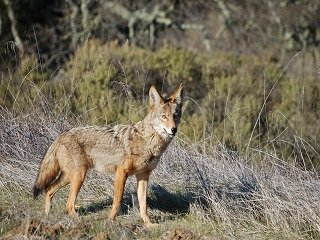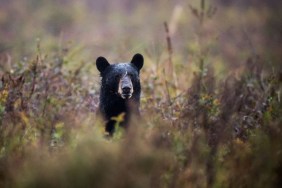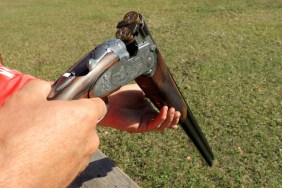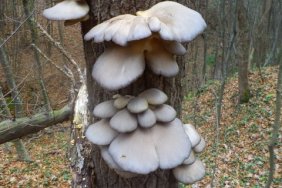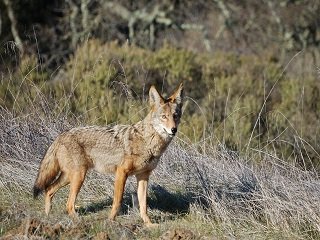 If you read our article a couple days ago featuring wild hogs as a great animal to pursue during the traditionally boring hunting months of summer, then you know that there is plenty of hunting to be done during this time of the year. Today’s target animal is the coyote.
If you read our article a couple days ago featuring wild hogs as a great animal to pursue during the traditionally boring hunting months of summer, then you know that there is plenty of hunting to be done during this time of the year. Today’s target animal is the coyote.
Every hunter knows that coyotes are just about everywhere, and most hunters agree that they need to be controlled. Due to the decline of modern fur prices, trapping has become a rare practice, and as a result, coyote numbers are rising.
But what about the quality of the fur, you ask? During my almost 35 years of hunting and witnessing around a hundred coyotes being shot by me, my friends or my clients, very few of them actually took their coyotes to their taxidermists, and even fewer sold their pelts for money. You can still display a summer coyote as a wall hanger even if it does not have ‘prime’ fur. It is still covered in hair and it is technically still your trophy. Don’t let the traditional idea of fur quality limit your time afield hunting coyotes.
The only ethical issue involving summer coyote hunting is that some people are bothered by the fact that some coyotes are raising pups during the summer. Coyotes are hearty animals, but if you are bothered by the thought of killing a coyote with a litter of pups, check state wildlife management department and find out specifically what time of the summer pups can fend for themselves. Coyotes live an average of five years and pups are eating solid foods at around eight weeks.
Calling coyotes in winter months might seem like an easier task than hunting them in the summer, but all predators need to eat and drink every day so there is really no calling advantage during the winter months over the summer months. In fact, coyotes that live in cold climates often need to rebuild muscle mass and regenerate their endurance after expending their winter energy reserves, giving a slight advantage to spring and summer hunters.
Calling at night or in the morning and evenings is usually more productive than midday, for obvious reasons, but coyotes can be called in shaded areas not far from water. Hunters that call coyotes in the summer need to remember that ‘yotes have heavier cover to hide themselves in and having good situational awareness is required to stay as safe as possible.
Don’t let summer stop you from honing your predator hunting skills.
